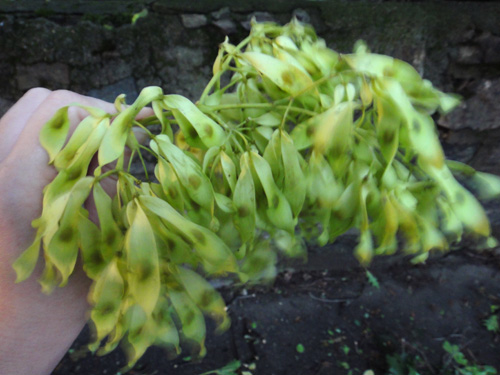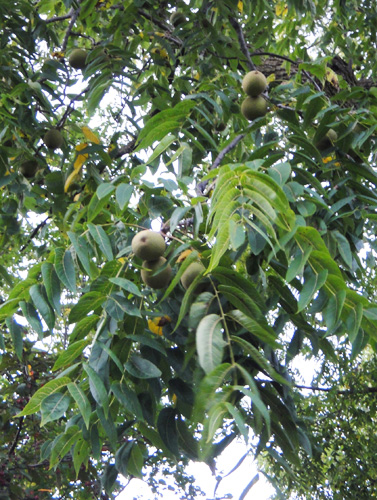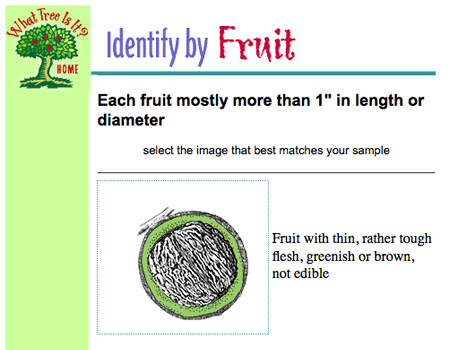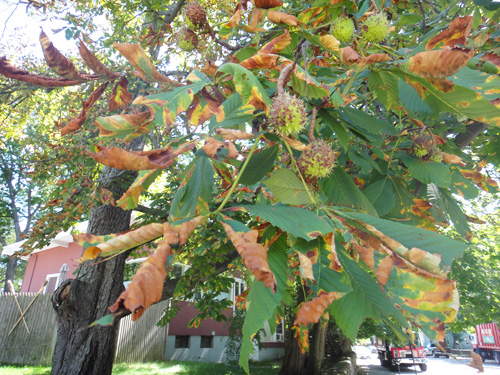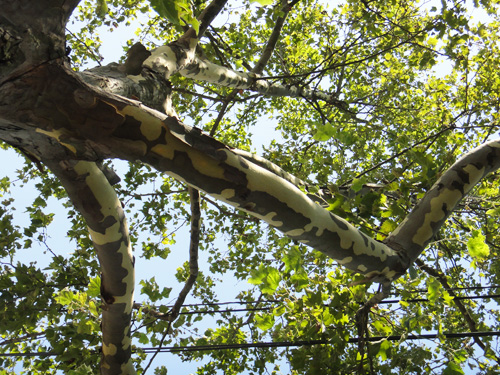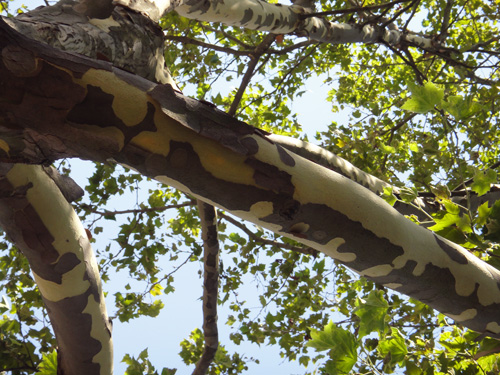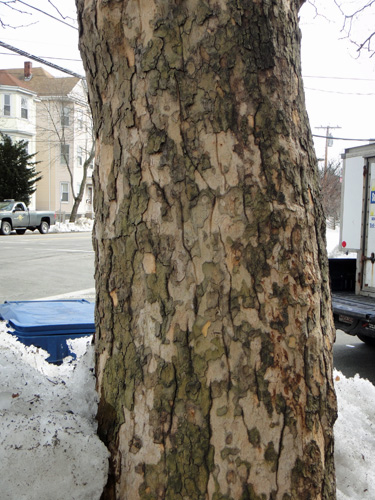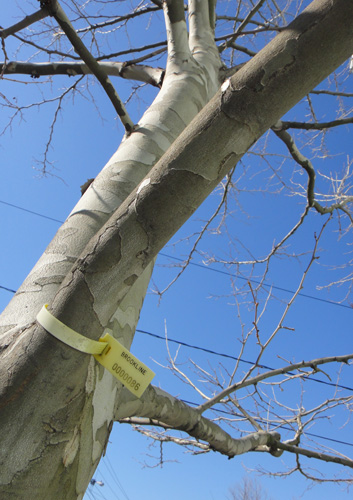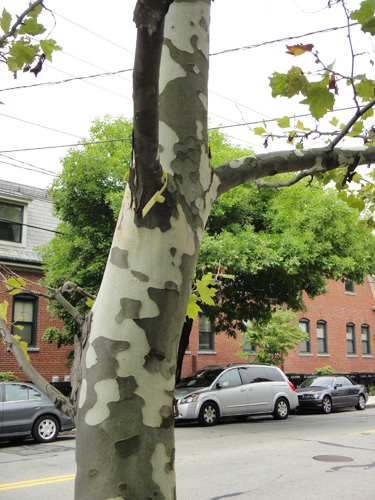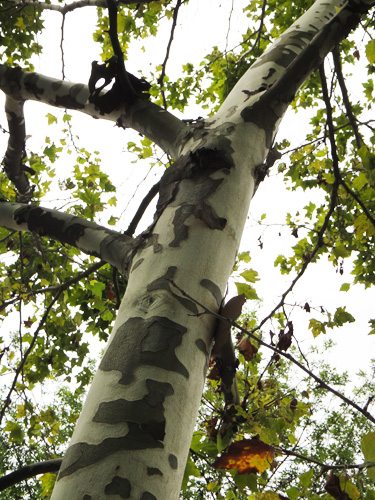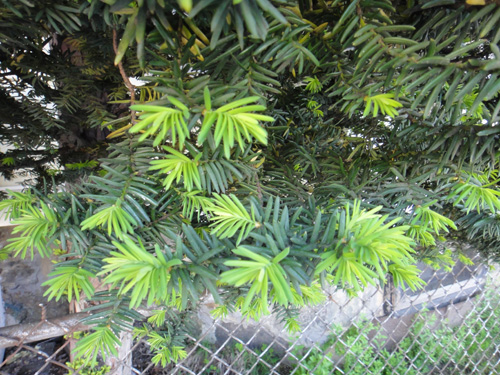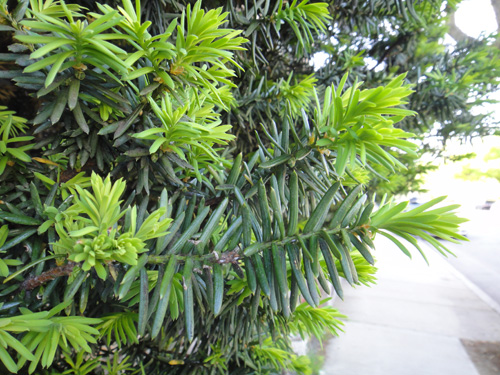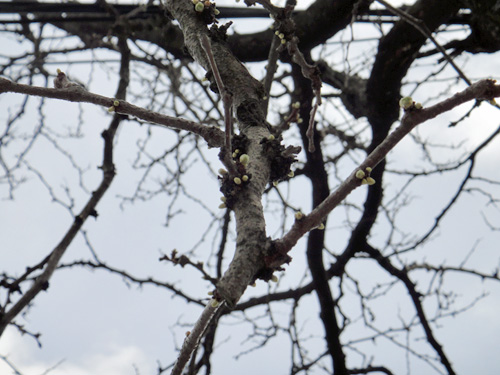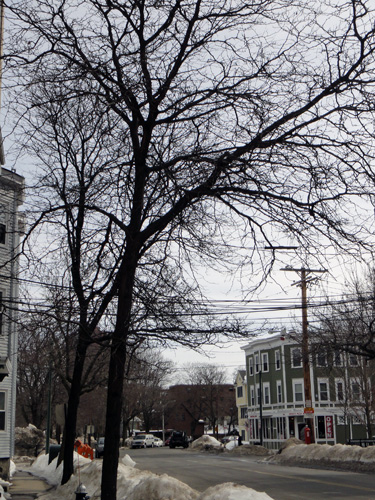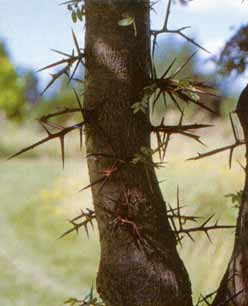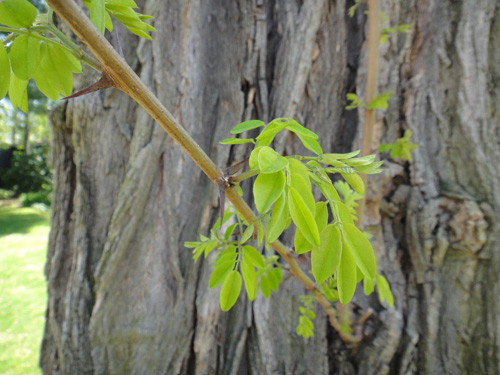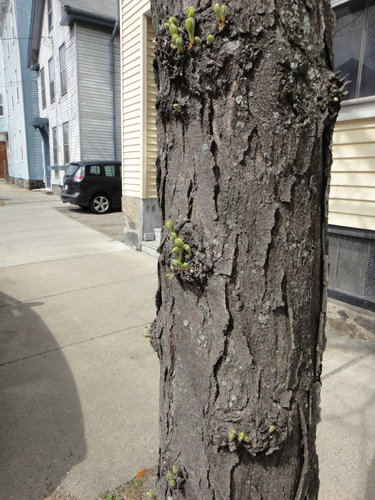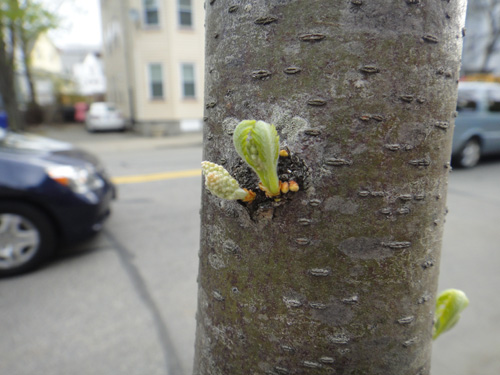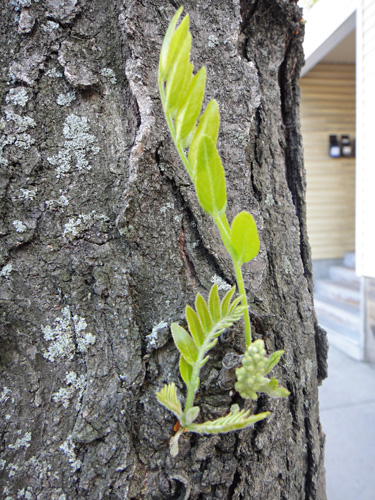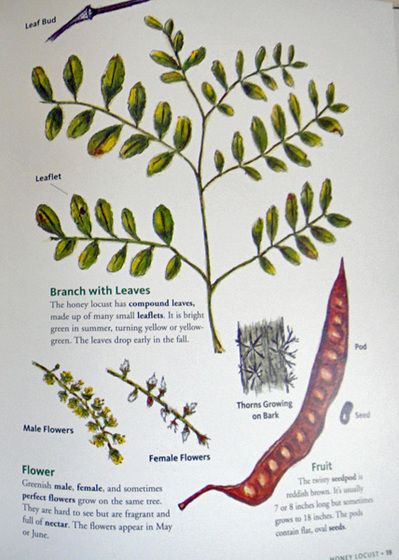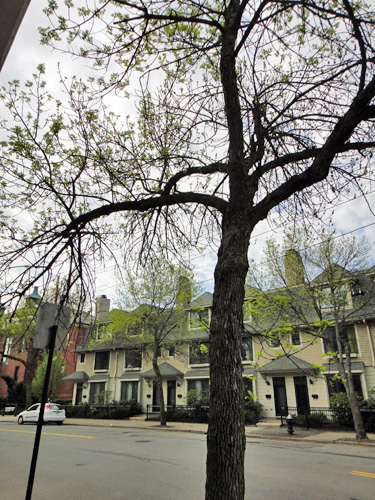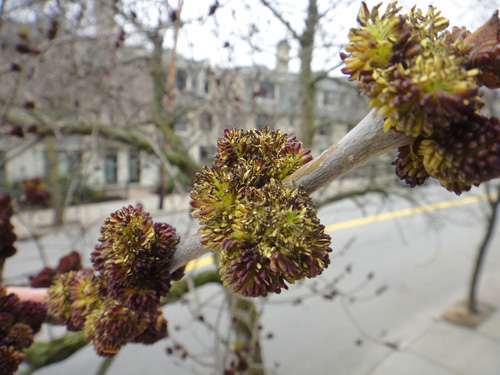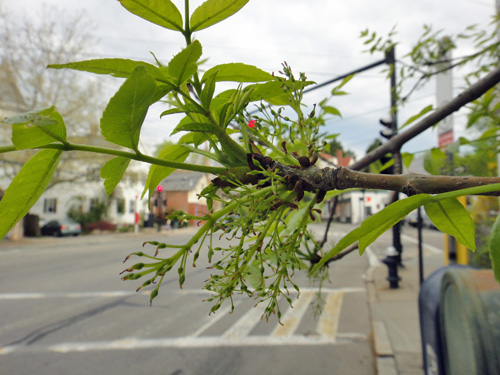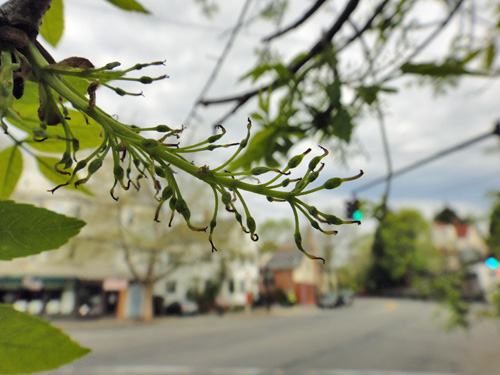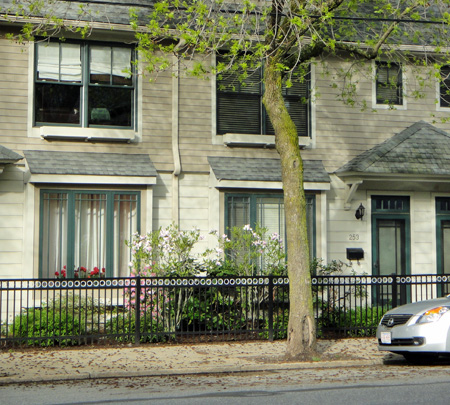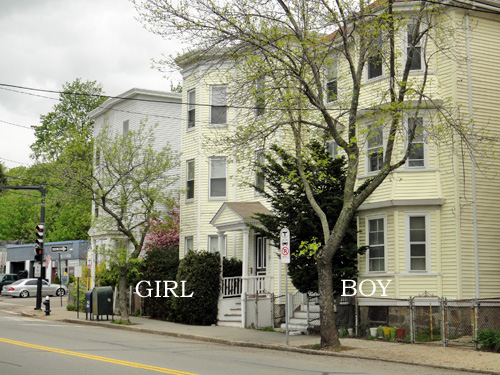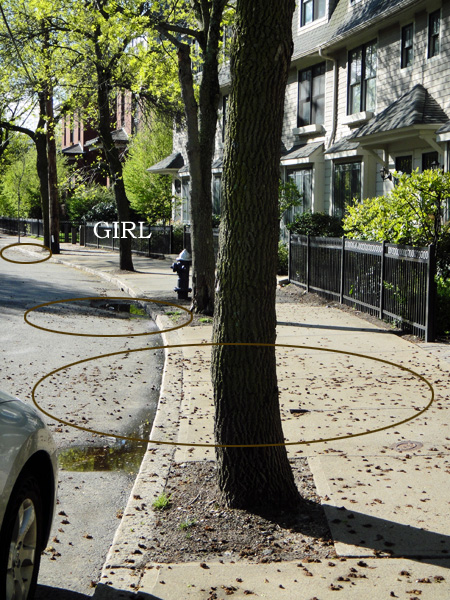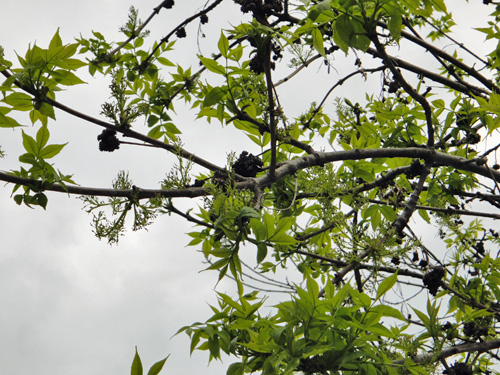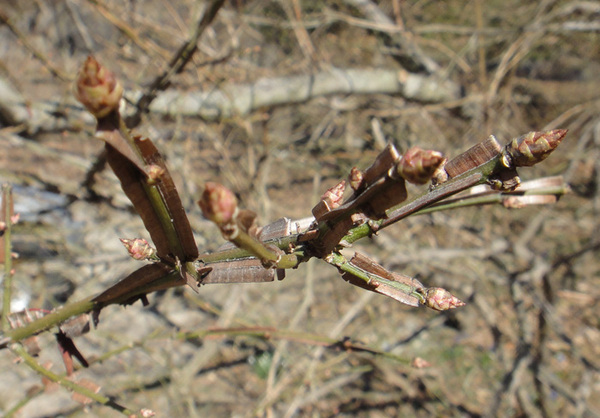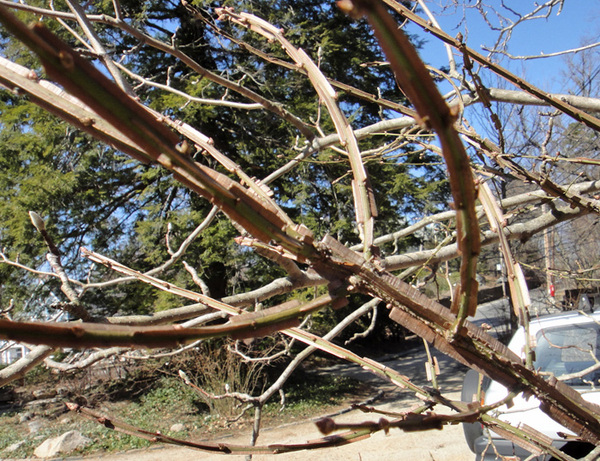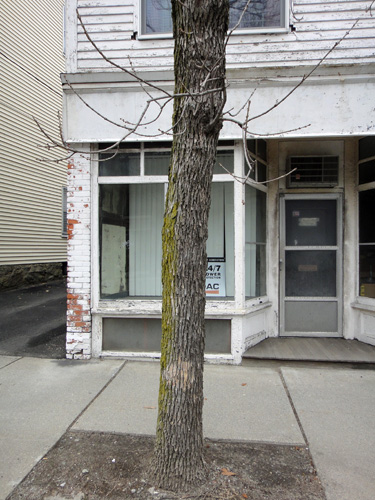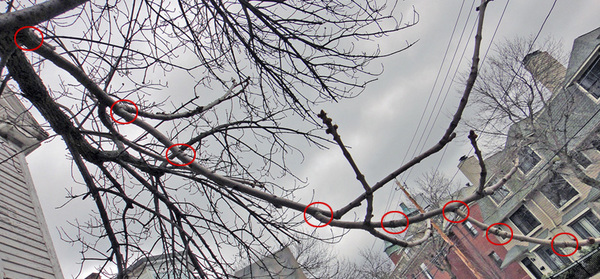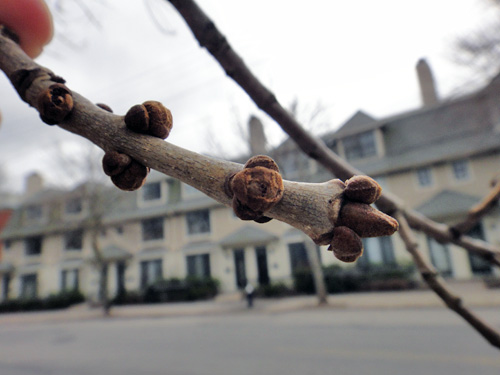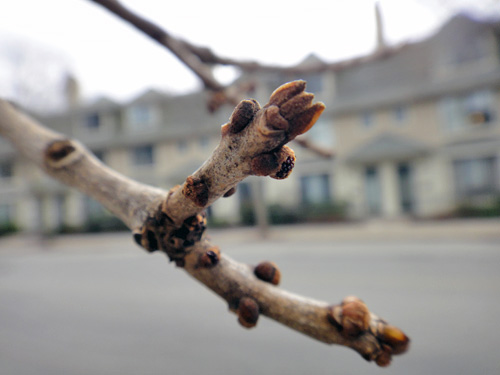Every time I walk or drive down the street, I am amazed at the sight of the three ash trees across from my house. I've started calling them the stoplight trees.
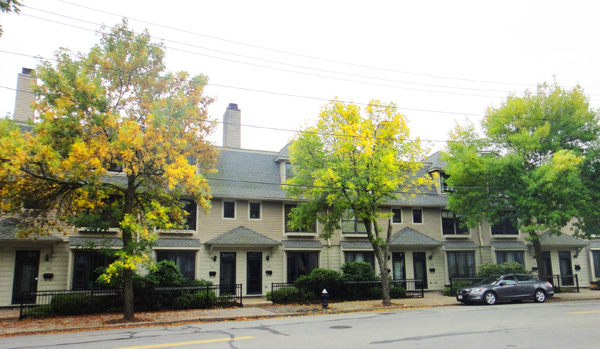
September 23rd
I've been following their progress for a couple of weeks now. The girl ash tree on the left is still way ahead of the other two. Her leaves are mostly orangey-brown and a ton of them have fallen off the tree. The middle tree, which we recall is both male and female, looks just like the girl tree looked two weeks ago. It's leaves are mostly yellow and the fallen leaves are starting to pile up below it.
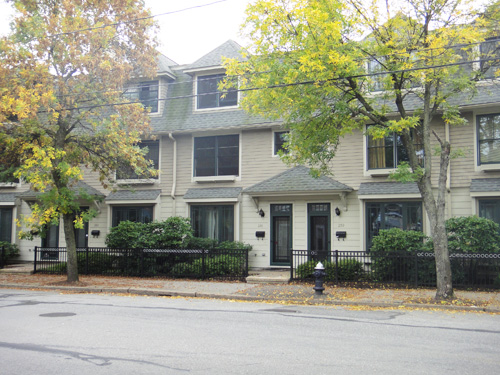
And the male ash tree on the right has still barely begun.

September 26th

September 23rd
I've been following their progress for a couple of weeks now. The girl ash tree on the left is still way ahead of the other two. Her leaves are mostly orangey-brown and a ton of them have fallen off the tree. The middle tree, which we recall is both male and female, looks just like the girl tree looked two weeks ago. It's leaves are mostly yellow and the fallen leaves are starting to pile up below it.

And the male ash tree on the right has still barely begun.

September 26th
A quick check today:
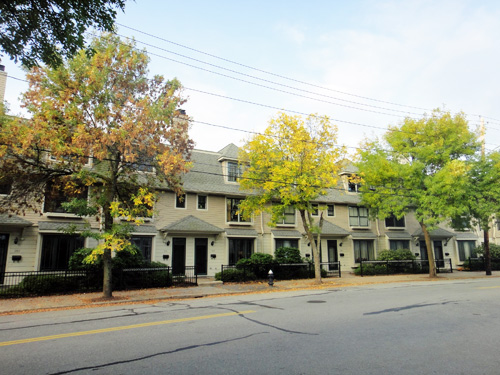

September 28th
I am still blown away by the fact that these are the exact same type of tree! Who would have thought that the sex of the tree would make such a difference in the fall?!
I am still blown away by the fact that these are the exact same type of tree! Who would have thought that the sex of the tree would make such a difference in the fall?!
